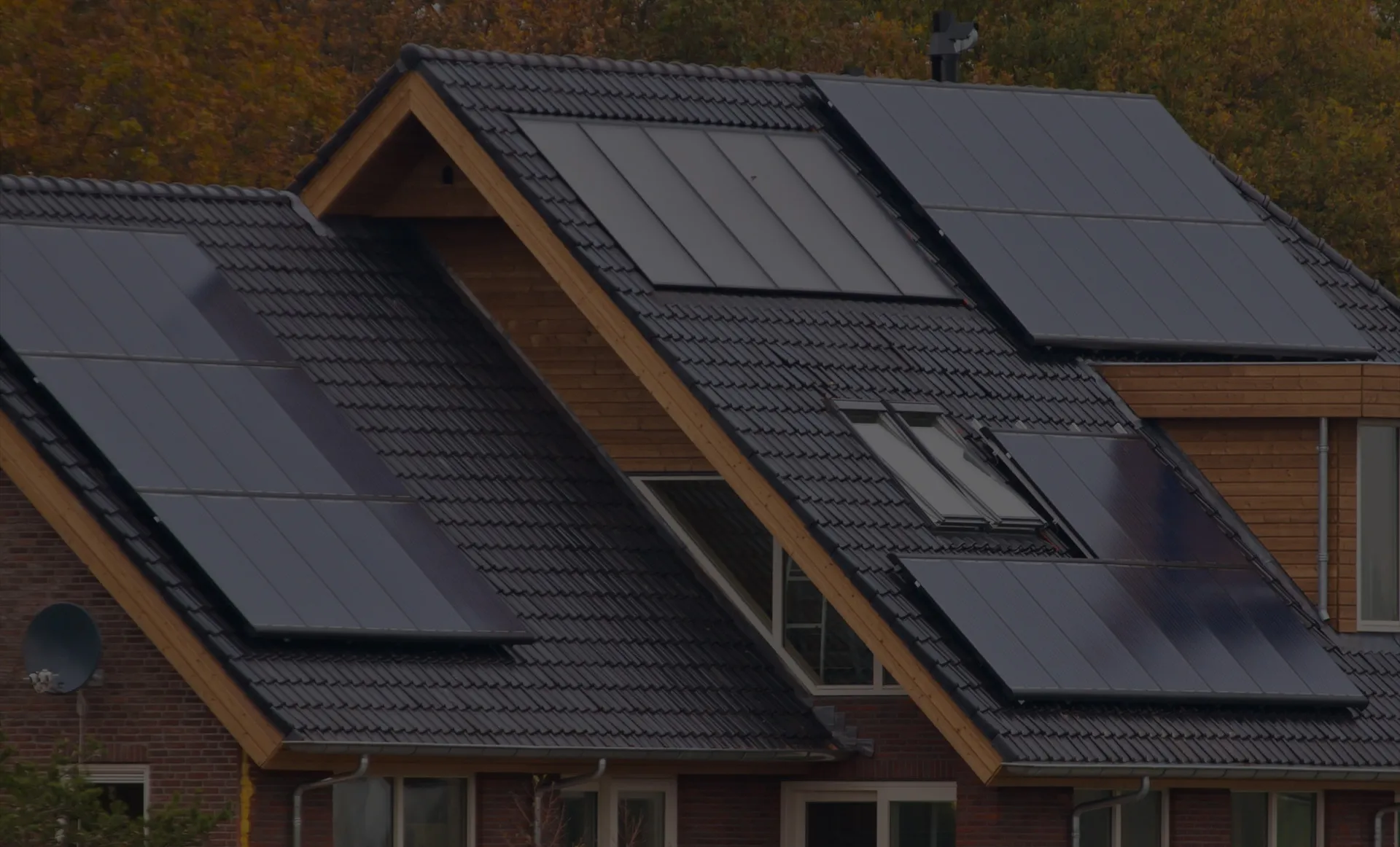High-Efficiency 72 Cell Solar Panel for Enhanced Energy Production and Sustainability
The Rise of 72 Cell Solar Panels Efficiency and Versatility in Renewable Energy
As the world increasingly turns to renewable energy sources to combat climate change and reduce dependence on fossil fuels, solar power has emerged as one of the most promising alternatives. Among the various types of solar panels available on the market, 72 cell solar panels are gaining significant popularity due to their efficiency and versatility.
A 72 cell solar panel typically measures 65 inches by 39 inches, making it larger than the more common 60 cell panels. This size difference allows for a greater surface area for solar energy absorption, which translates to higher power output. On average, a 72 cell panel can generate between 350 to 450 watts of electricity, making it particularly advantageous for large-scale solar installations, such as commercial solar projects and utility-scale solar farms.
One of the primary benefits of 72 cell solar panels is their efficiency in converting sunlight into electricity. With advancements in technology, modern solar panels, including 72 cell variants, boast efficiencies exceeding 20%. This is significant when compared to older models, which typically hovered around 15-17%. Higher efficiency means that more electricity can be generated from the same amount of sunlight, allowing for reduced space requirements and lower installation costs per watt produced.
72 cell solar panel

In addition to efficiency, the versatility of 72 cell solar panels makes them an attractive option for a wide range of applications. They are commonly used in commercial buildings, agricultural settings, and large residential projects. Their size and power output make them ideal for installation on rooftops with sufficient space or in solar farms where land area is not a constraint. Furthermore, they are compatible with various mounting systems, including ground-mounted, roof-mounted, and solar trackers, providing flexibility for different installation scenarios.
Another factor contributing to the growing adoption of 72 cell solar panels is the decreasing cost of solar technology. Over the past decade, the price of solar panels has plummeted, driven by improvements in manufacturing processes and economies of scale. Consequently, the initial investment for a solar system is becoming increasingly affordable, making solar energy more accessible to businesses and homeowners alike. With government incentives and programs promoting the use of renewable energy, the future of solar power appears bright.
However, it’s essential to consider that the choice between 60 cell and 72 cell panels depends on specific energy needs, available space, and budget considerations. While 72 cell panels offer more power output, they may not be suitable for smaller roofs or limited installation spaces. Homeowners and businesses should conduct thorough assessments to choose the best type of panel for their requirements.
In conclusion, 72 cell solar panels represent a forward-thinking solution in the quest for sustainable energy. Their efficiency, versatility, and decreasing costs make them an appealing choice for various applications. With ongoing advancements in solar technology and the increasing urgency to transition towards renewable energy sources, 72 cell solar panels are poised to play a pivotal role in the global energy landscape. Embracing such innovations not only benefits individual users but also contributes to a greener, more sustainable future for all.
-
String Solar Inverter: The High-Efficiency Solution for Smart Solar EnergyNewsJul.14,2025
-
Revolutionizing Rooftop Energy with the Power of the Micro Solar InverterNewsJul.14,2025
-
Power Independence with Smart Off Grid Solar Inverter SolutionsNewsJul.14,2025
-
On Grid Solar Inverter: Powering the Future with Smart Grid IntegrationNewsJul.14,2025
-
Monocrystalline Solar Panels: High-Efficiency Power for the Future of Clean EnergyNewsJul.14,2025
-
Bifacial Solar Panel: A Smarter Investment for Next-Generation Energy SystemsNewsJul.14,2025







